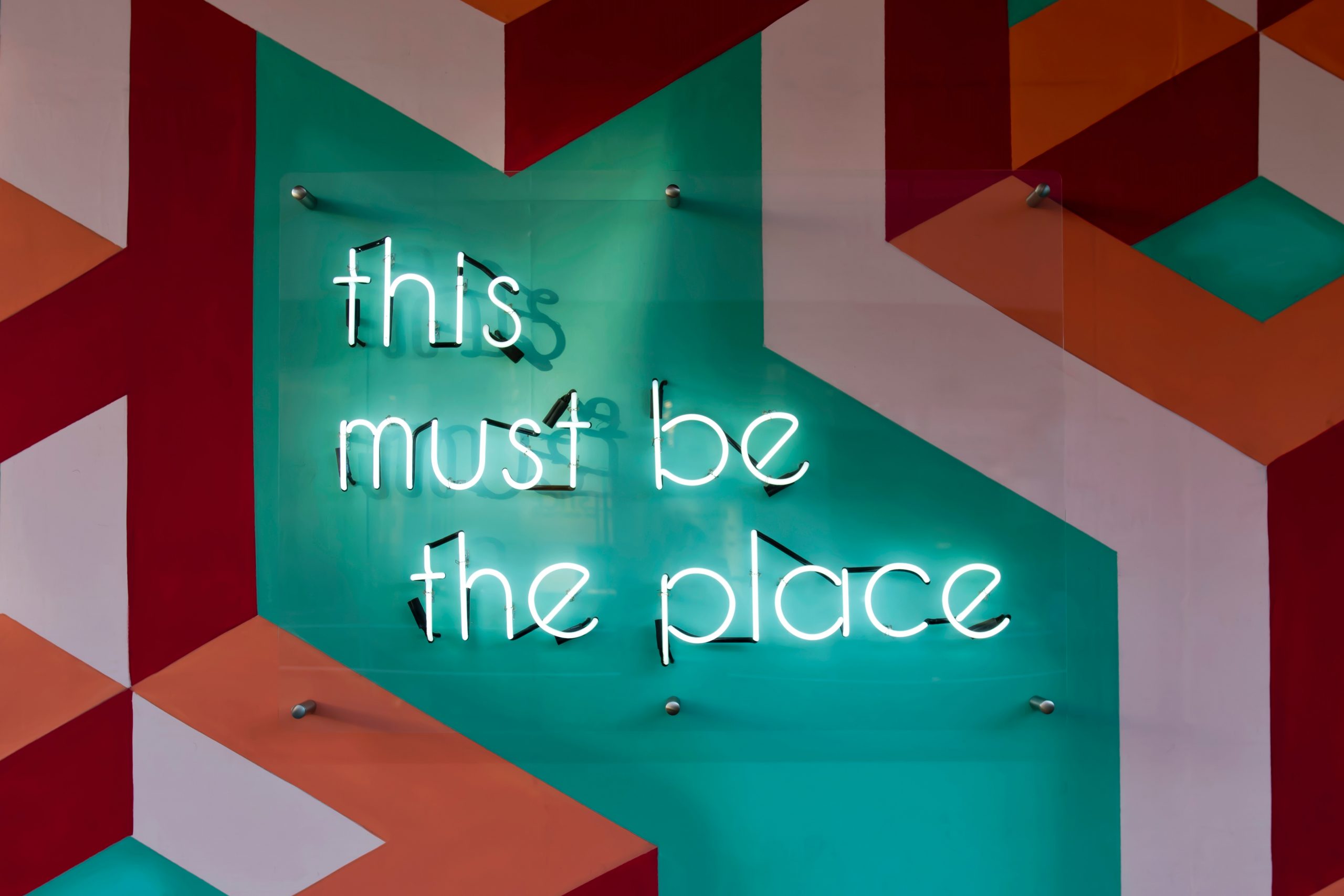More often than not, the hiring process is met with dread by startups.
For years, startups have been familiar with the talent shortage, with Brexit making it even harder to hire European talent. Research by Tech London Advocates (TLA) shows that over half of tech founders believe Brexit is the biggest threat to the capital’s digital industries, owing largely to the prospect of missing out on top international talent. With the pandemic thrown in, it’s even harder to recruit top talent.
As a growing startup headquartered in the UK, this is something Capdesk is all too familiar with. But, with a team of spectacular people, I feel confident that we’ve nailed the recruitment process to get the best people on board. I believe recruitment in startups should be exciting, not daunting, so I’ve decided to share our process with the wider world.
Phase one Planning the role
Careful planning goes into each role. Establishing the purpose of the hire allows you to be really clear on expectations from the start.
Even if a hire is replacing an existing employee, or expanding a team where the role already exists, consider what else they could bring to the table. How can they build on the legacy of the previous employee? How can they strengthen the team dynamic? For brand new roles, where the position will inevitably be shaped by the person hired, outline the timing of the vacancy within the context of the company’s journey.
A hiring panel is assembled for each role, consisting of at least three employees, all briefed on what to look for in a candidate. The hiring panel will work together to assess candidates and make influential decisions. This has a dual benefit – it allows buy-in from the wider team (often close knit within a startup) and it gives the candidate a chance to interview us.
Releasing the role
The recruitment process should be built around sourcing. When you’re time-poor, outbound talent sourcing must be a part of the process, with many tools from tapping up your own networks to using platforms such as Otta to LinkedIn Recruiter to support finding candidates.
Once the role is released, set a challenging timeline. A fixed end date encourages you to remain completely focused on recruiting and also stops hiring from becoming an always-on activity that takes time away from other projects.
Phase two Reviewing the first round of applications
Not all applicants are the right fit, especially within the first round. But whether it’s a yes or no, everyone should hear back within 24-48 hours.
With startups fighting amongst each other for the right people, a talent pipeline is valuable for future hiring. To ensure nobody leaves the process feeling disheartened by the experience, it’s important to give feedback that candidates can apply for the future, for example by explaining what expertise or experience the successful applicants had. To improve on this, we’re currently looking into sharing quick, personalised videos so there is more of a human touch. It’s your chance to give the candidate a positive experience, no matter how far through the process they got.
Screening call
After making an initial application, we invite up to 25 people to book in for a screening call. Before they do this, we’ve started sharing a short video that outlines the application process, role and company to give them a clear sense of what will happen next. It also allows them to drop out of the process if they don’t think this is the right role for them. Those who are still curious and excited about the role book in for a screening call.
In the screening call, the hiring manager has a 15-30 minute conversation with the candidate, talking about their background, their interests and any initial questions they have. This conversation also covers the compensation and benefits, allowing candidates to make an informed decision on if they want to proceed.
If it’s a good fit, the candidate should be briefed immediately on the next stage – a challenge.
Challenge
Whether it’s a junior or senior role, every role should have a custom-designed challenge, with candidates allowed a week to complete it.
The startup world can typically be seen as very male and white. With this in mind, the responses to a challenge should be anonymised so that name, gender and background of candidates don’t play into decisions. Each member of the hiring panel is asked to score the challenge against a range of factors. If candidates score similarly, their applications are discussed by the panel as a group.
The challenge stage should lead to just four candidates in the pipeline.
Phase three
Interviews
With startups typically time-poor, the bulk of the assessment took place in the first two stages ensuring that those progressing to interviews can technically perform the role.
There are three interviews in total, although we normally run the final two back to back:
- Group
Candidates should come to this interview ready to discuss their challenge in detail with members of the hiring panel. This stage allows them to demonstrate how they approached the challenge and their fit within the wider team.
- Founder (c.30 mins)
This should be an informal conversation with a founder giving the candidate the chance to learn more about the company’s vision straight from the horse’s mouth.
- Hiring manager (c.60 mins)
The last interview is about building the most attractive package for the candidate. Yes, salary comes into this but it’s more than that. Startups want candidates to be empowered to tell us how they like to work, the career path they want to be on, the level of autonomy they need – and more.
With so much time and energy invested in the hiring process to understand what a candidate needs, as well as being completely transparent about what a company can offer, this stage should be straightforward.







